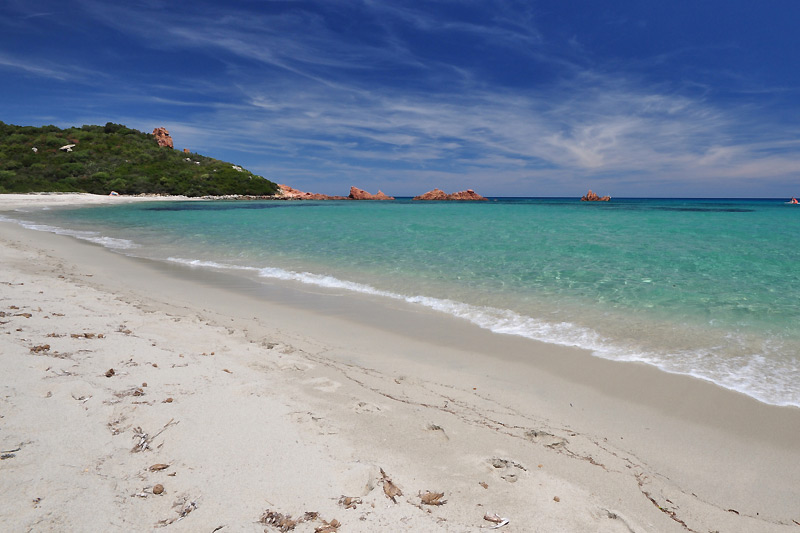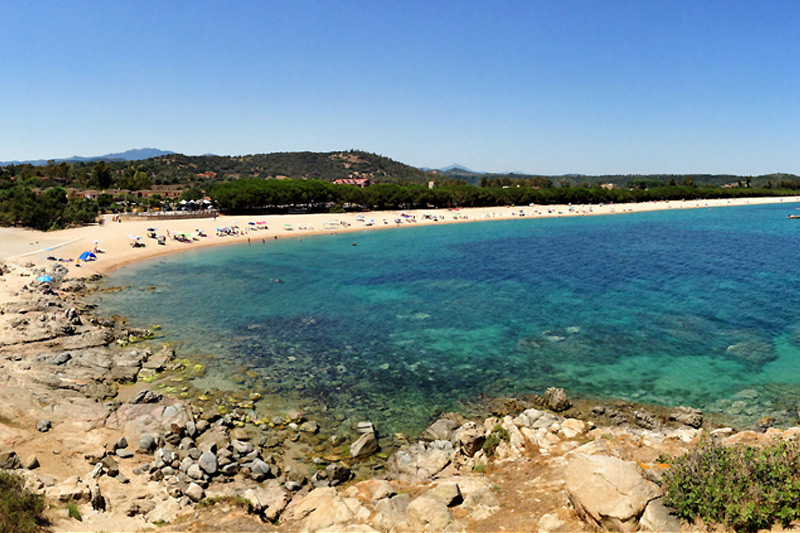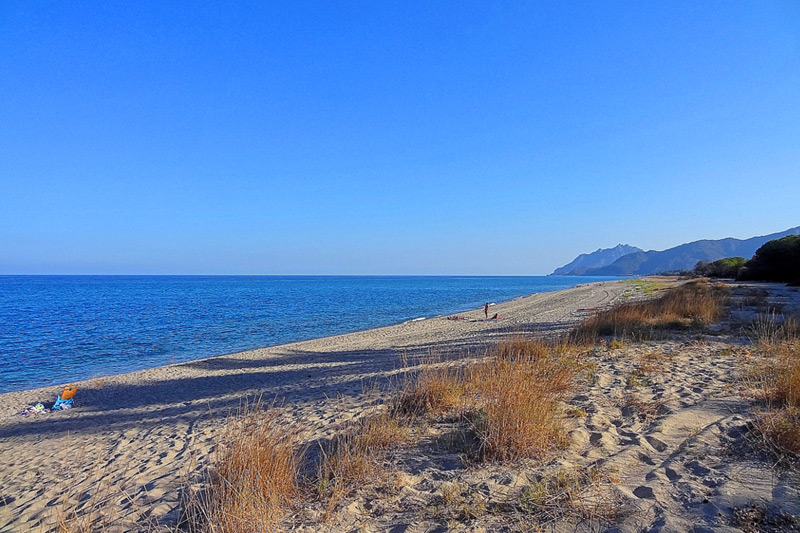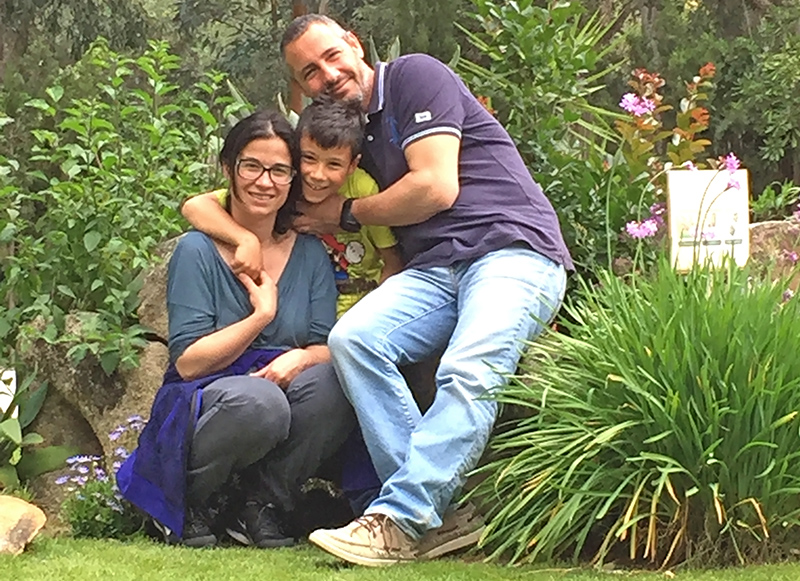By staying at Camping La Pineta in Bari Sardo, you will explore some of the best beaches in Sardinia, ensuring yourself a vacation far from tourist crowds typical of many beaches in the Mediterranean in high season.
The Bari Sardo coastline offers visitors varied and non-urbanized landscapes, in which tourists have the privilege to choose among many free, clean, and sprawling beaches.
The Bari Sardo coastline extends along tens of kilometres. The efforts taken to prevent property speculation and protect its ecosystem have been fruitful, and in the last fifteen years, Bari Sardo has been awarded many time the Italian distinction of being Bandiera Blu for the quality of its coastline and waters.
Many long beach areas contain specific services for swimming: lifeguards, showers, toilets, access for those with reduced mobility, and parking. You will also find tourist services like a bar, restaurant services, parasol, long chair, and paddle-boat rentals, diving centres, and areas offers nightly entertainment.
Along the coastline, the mediterranean thicket has been preserved, with the dominant presence of Red Juniper, Phoenician Juniper, and pines.
The various beaches offer a variety of sea floors and coastlines for all tastes: rocks, pebbles, and fine sand. They are all easily accessible on foot or by bike from Camping La Pineta.
Northward, toward the Tortoli commune, is located the famous Cea beach, one kilometre in length, with fine white sand and shallow waters, bordered by flat porphyry-red rocks that have been polished by the sea and time. A few metres from the shoreline, you can see two stacks of red porphyry called is Scoglius Arrubiusu.
Heading south, the rocks on the peaks of Punta Niedda, Punta su Mastixi, and the small creeks of S’Abba et S’Ulimu change the landscape of the coast of Bari Sardo. The beaches with fine sand then yield to make way for rocks, a unique phenomenon on the coasts of Ogliastra. These sites are perfect for snorkeling, diving, and underwater fishing; the underwater prairies of Posidonia Oceanica bear witness to the cleanliness of the water.
After the rocks are found the Torre di Bari, the busiest beach among tourists. It extends across many kilometers on each side of the Spanish tower erected facing the sea on a granite promontory. The northern part of the tower is called Mare de is ominis (sea of men), and the southern part Mari de is femunas (sea of women), names coming from a time when the two beaches were visiting separately by men and women.





